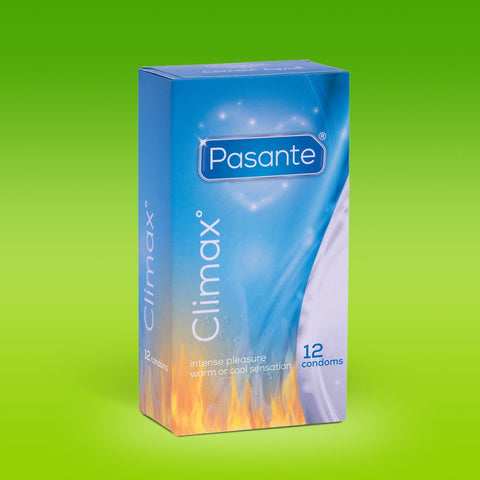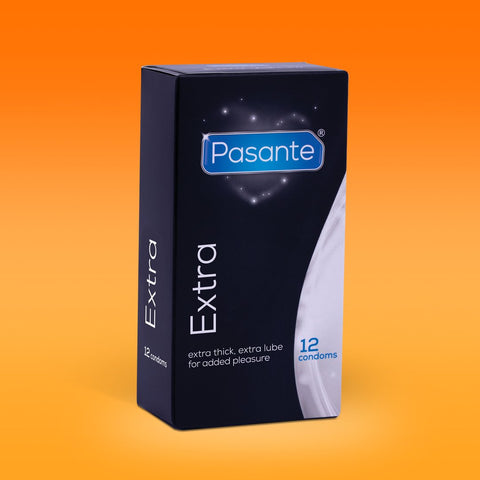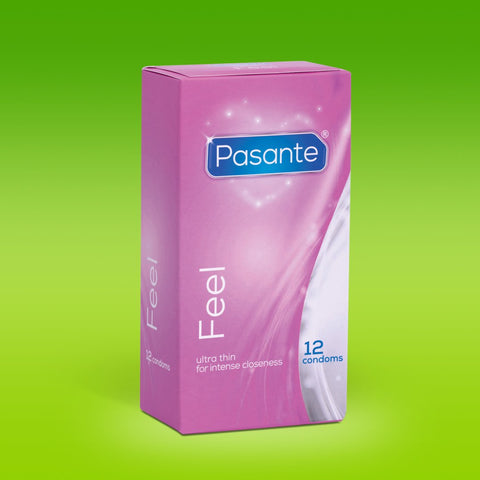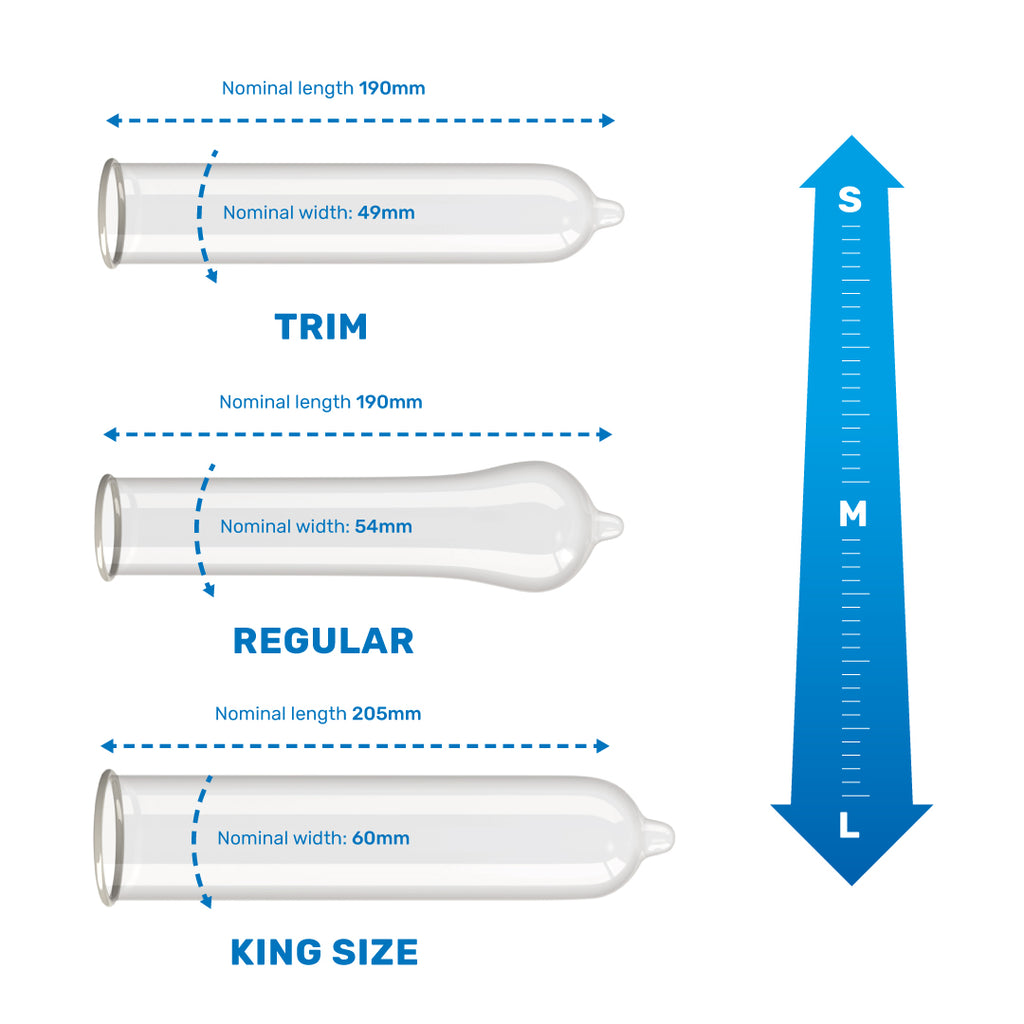
Choosing the Right Lubricant: Cosmetic vs Medical
Do you know the difference between a medical and cosmetic lubricant? While both types are commonly used as a lubricant, there are significant differences in characteristics and the different testing and regulation processes they undertake.
Medical lubricants are classified as a medical device and undergo higher standards of safety and efficacy, undergoing rigorous testing and regulations to make sure they meet the necessary quality and safety standards. Whereas, cosmetic lubricants are primarily used only for personal pleasure with ingredients and quality varying, whilst testing and regulations are less stringent.
With this in mind, let’s find out more about the benefits of using a medical lubricant vs a cosmetic lubricant, what a paraben-free lubricant is and the role osmolality plays in your vagina tissue.
Benefits of using a medical lubricant vs cosmetic lubricant
There are several benefits of using a medical lubricant as opposed to a cosmetic lubricant. Medical lubricants are specially designed and regulated for sexual intercourse, and offer a range of benefits, from stringent regulations and certifications to compatibility with condoms. Here are some of the many benefits of choosing a medical lubricant over cosmetic lubricant for sexual activity;
Safety and Regulatory Compliance:
Medical lubricants are manufactured in compliance with strict regulations, including Medical Device regulation. They also undergo rigorous testing and certification processes, such as CE and MD certifications which ensure their safety and efficacy for use.
Cosmetic lubricants, on the other hand, are not subject to specific regulations - this means that there are no standards of requirements regarding their safety, quality or effectiveness.
Ingredients:
Medical lubricants only use pharmaceutical or food-grade ingredients, ensuring that all ingredients are pure and safe to use for sexual activity. This includes restrictions on parabens, which are preservatives that can often cause an imbalance in the normal hormone function, as well as other health concerns.
However, cosmetic lubricants are not subject to any ingredient restrictions, meaning they could potentially contain harmful or irritating substances. As well as this, cosmetic lubricants have no restrictions on parabens, therefore making them a potential risk when used in intimate areas.
Compatibility with condoms:
Medical lubricants are designed to be compatible with condoms, which means the lubricant's formulation does not weaken or break the condom keeping you protected from the risk of pregnancy, sexually transmitted infections and HIV.
On the other hand, cosmetic lubricants require an additional certification to ensure the lubricant is safe to use with condoms. Without this certification, there is a higher risk of ingredients or formulations which may weaken or reduce the effectiveness of the condom.
Versatility
Medical lubricants are designed for various applications, including stimulation and sexual intercourse - this means that you can use medical lubricant for different intimate activities, reducing the need for multiple lubricants.
Meanwhile, cosmetic lubricants are primarily formulated for external use and stimulation, such as sensual massage or stimulation - they lack the same level of lubrication as medical lubricants, which are designed for sexual intercourse and stimulation.
What is a paraben-free lubricant?
A paraben-free lubricant is a lubricant that doesn’t contain any parabens, such as methylparaben, ethylparaben, propylparaben, butylparaben, and isobutylparaben. Lubricants that contain parabens are commonly used as preservatives, due to their antimicrobial properties. However, there have been many concerns regarding the use of parabens; parabens have been found to contain xenoestrogenic properties, which means it mimics the natural estrogen in the body and potentially disrupts the normal hormone function, whilst being linked to the growth of tumors and other complications. While the FDA considers parabens safe in concentrations up to 25% for external use, lubricants are commonly used internally, as well as externally which may expose the body to higher concentrations and associated risks. Therefore, paraben-free lubricants provide a safer and more comfortable option.
What is osmolality and what is its role in your vagina tissue?
Osmolality is a process that helps maintain the health and wellbeing of the vaginal ecosystem. It refers to the concentration of solutes, such as salts and sugars, in a solution. Vagina tissue typically has its own natural osmolality, ranging from 200-380 milliosmoles per kilogram (m0sm/kg) - a disruption into this balance can cause dehydration and damage to the vaginal cells, leading to irritation, inflammation and increased vulnerability to infections. Some lubricants can contain high osmolality which can disrupt the natural balance of the vagina tissue, so choosing a lubricant with low osmolality is necessary in maintaining healthy vaginal tissue, a natural balance and reduction in risk of discomfort.





